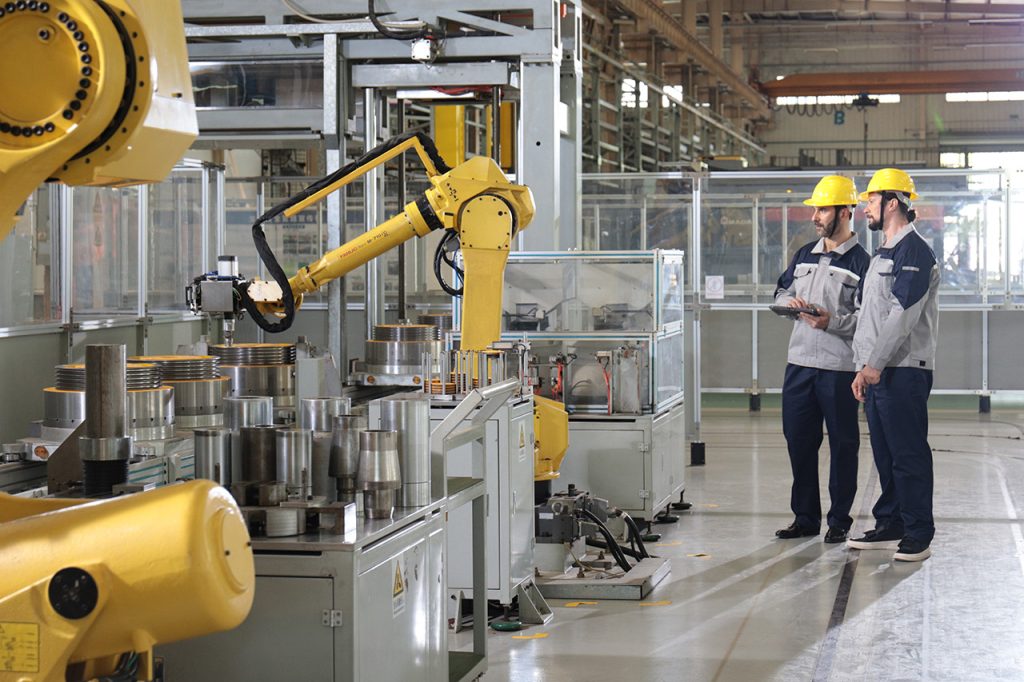
Workers are no longer required to be in the office for a set of hours every day. Employees now aspire to function in a workspace in which they want to be; where they feel comfortable, energised and most importantly, inspired.
Research confirms that people who enjoy their physical work space tend to be more engaged, happier, healthier and more inclined to deliver. As such, creating a work environment that stimulates creativity and enhances productivity should be a priority for every organisation. These are several factors that need to be addressed in order to achieve an effective work space.
Be Mobile
Mobility is at the core of office innovation. While work stations bring a sense of structure to an office, it is important to outfit your work space in a manner that makes it easy for team members to move around and still be productive. This means taking all elements into consideration, from the use of devices such as laptops and reliable Wi-Fi connections to versatile furniture that can be quickly adjusted or rearranged if necessary.
Diverse Spaces
Your organization’s workforce comprises a range of generations, personalities, functions and objectives. Hence, it is necessary for your workspace to cater to a diverse range of needs.
According to design and architecture firm, Gensler, office planning should aim to provide spaces that allow employees to focus, collaborate, learn and socialize. Therefore, the decision can’t be limited to open-plan versus cubicles. Rather, the focus should be on creating a variety of spaces that facilitate a range of interactions and activities.
Personal Touch
Offering your employees freedom to personalise their spaces can make them feel more comfortable and empowered. Furthermore, research published in the Journal of Environmental Psychology indicates that for open-office workers, personalising their workspace gives them a sense of ownership and control. In turn, it serves as a buffer against the negative impacts associated with a lack of privacy. On a lighter note, studies have also shown that personal trinkets often serve as visual icebreakers that help build relationships within a company.
Go Green
The introduction of plants to a workspace has been known to deliver positive results. Research has found that adding plants to an office can increase productivity by 15%. Greenery has been credited with reducing stress, illness and noise levels. Moreover, NASA states that live plants play a significant role in reducing toxic airborne chemicals emitted from items found in office spaces.
Workers spend more of their waking hours in the office than anywhere else. Get the most out of your employees by taking the steps required to provide them with an innovative and efficient space they are proud to call their home away from home.





